Wearable Trails: Crafting Unique Hiking Attire with Artistic Elements
Chosen theme: Crafting Unique Hiking Attire with Artistic Elements. Welcome to a friendly space where performance gear meets personal expression, trail stories fuel design choices, and every stitch invites you to hike farther, feel freer, and share your creative journey.
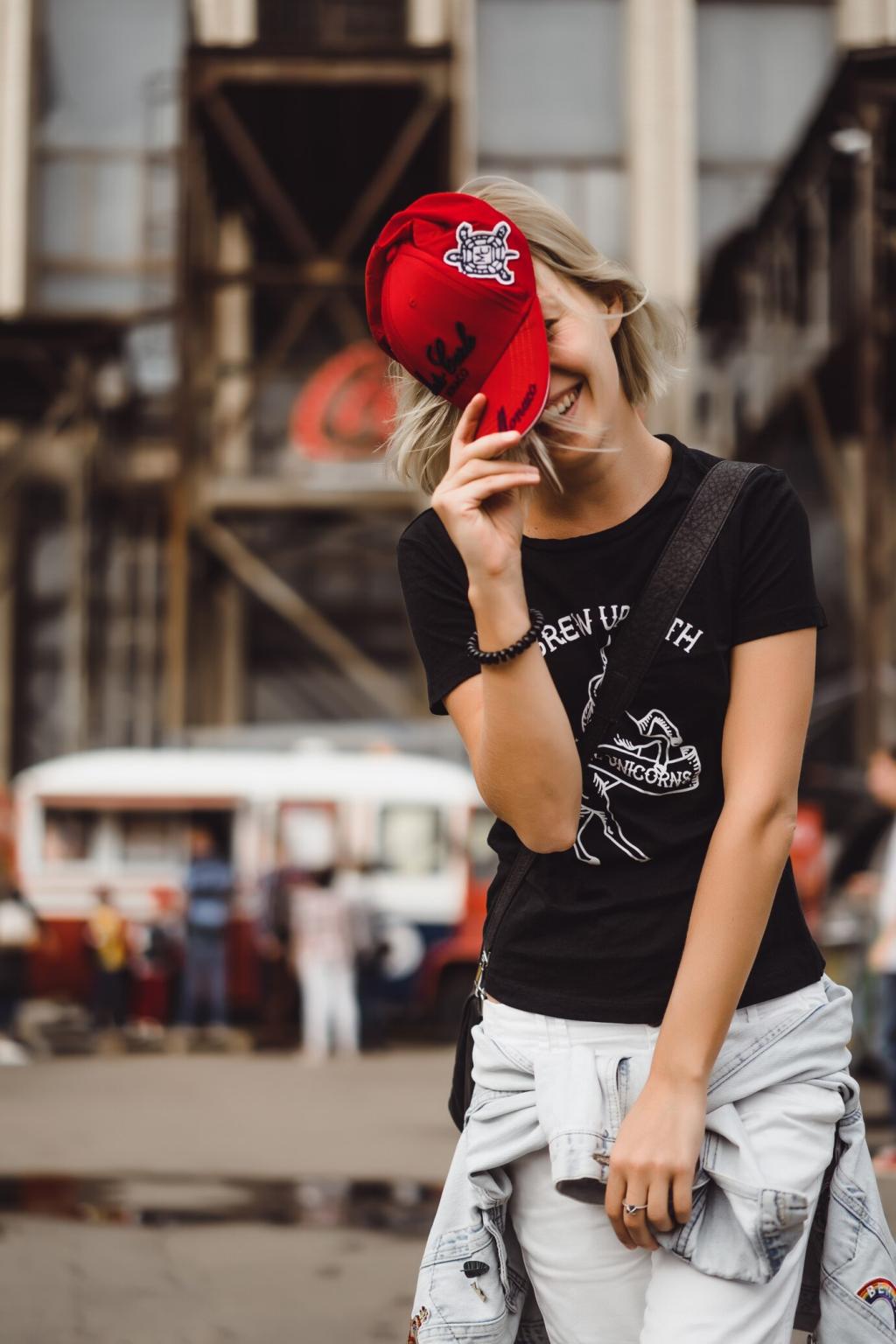
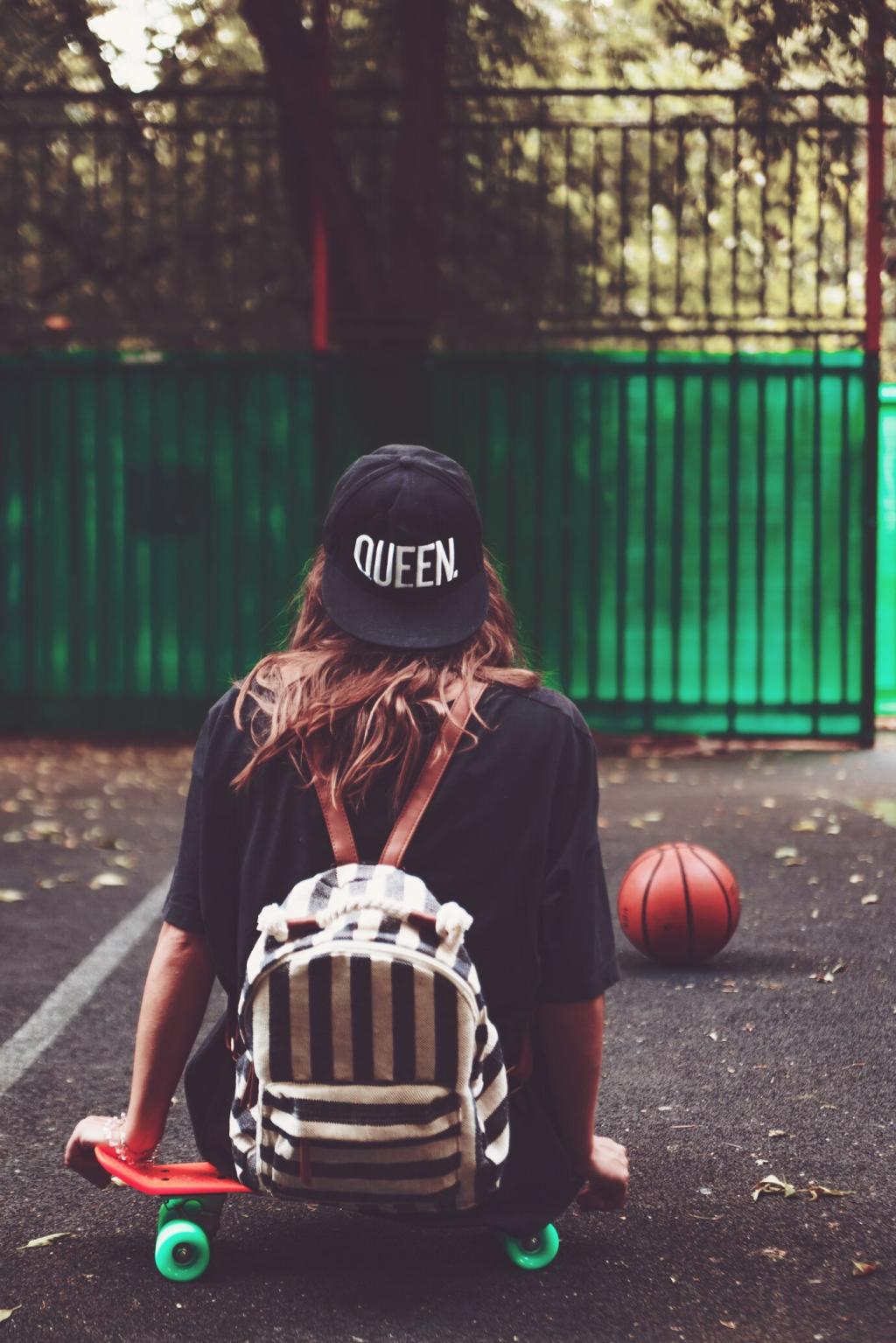
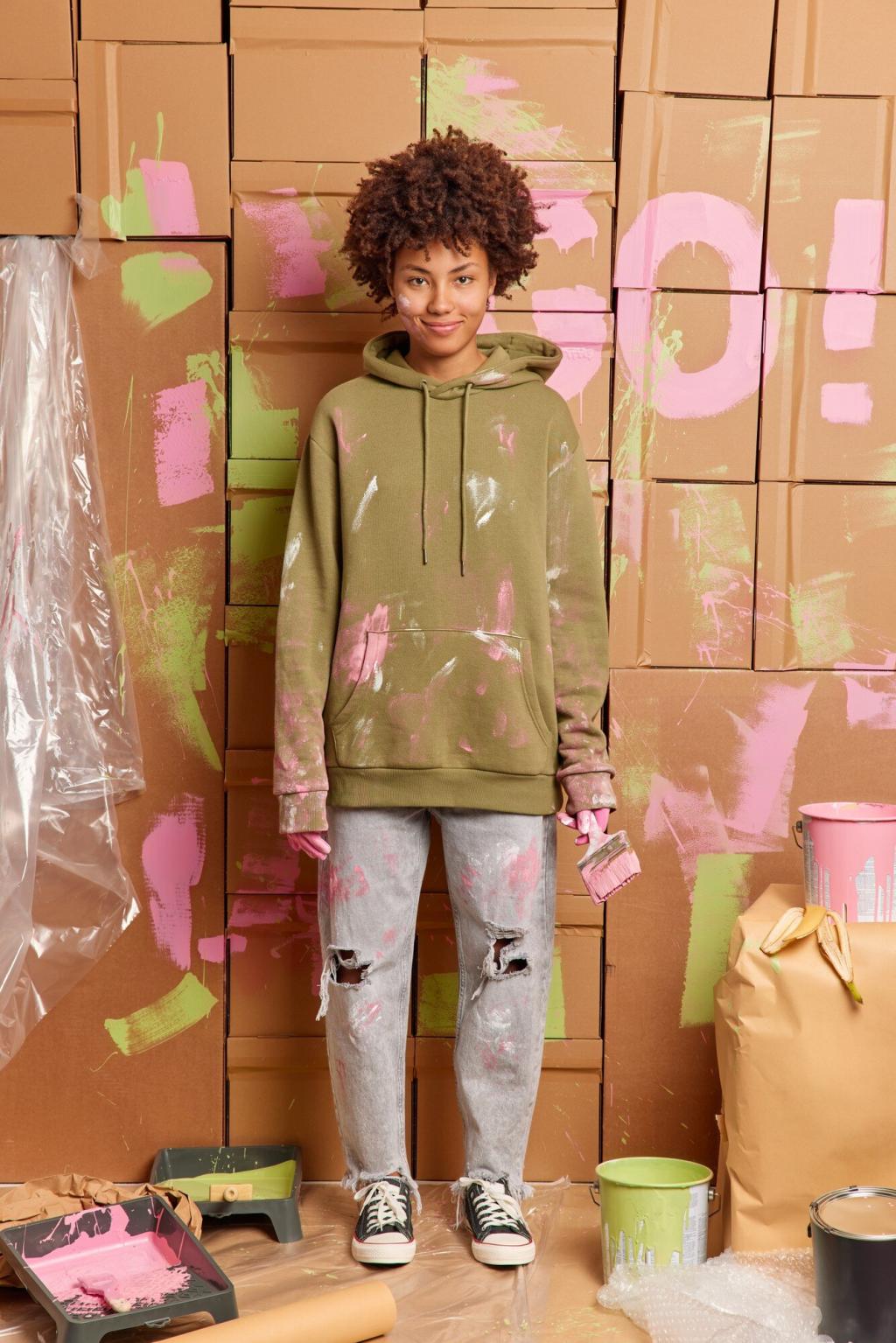
Materials and Techniques: Eco-Dyes and Performance Fabrics
Pair merino for odor control with recycled polyester for wicking, and nylon ripstop for abrasion zones. Pre-wash to remove finishes before applying dyes or prints. Record shrinkage, then adjust patterns so art placement remains intentional after laundering.
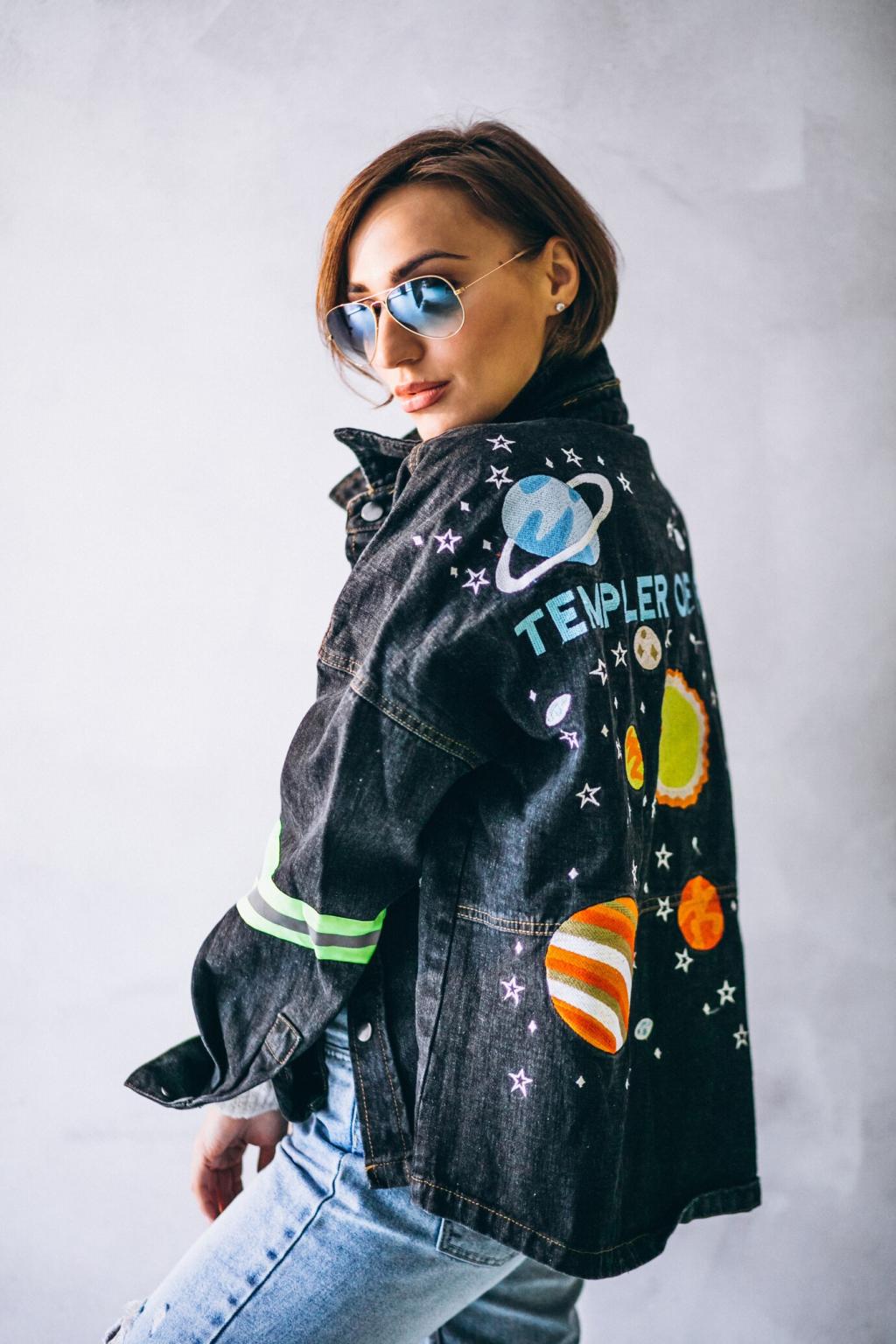
Patternmaking and Fit for Movement
Gussets and Artful Seams
Underarm and crotch gussets expand range without bulk. Turn flat-felled seams into design lines with contrasting topstitching or subtle reflective piping. The result reads like trail cartography, guiding eyes along paths of tension and release.
Pocket Poetry
Map-inspired pocket shapes keep essentials close while telling a story. Print coordinates inside a chest pocket or embroider elevation marks along a hip. On a foggy ridge, a friend found confidence tracing stitched markers before checking the compass.
Prototyping in Paper and Muslin
Mock up with muslin or old bedsheets, then sketch art placements directly on the test garment. Jog stairs, shoulder a pack, and squat. If graphics distort, shift them toward stable zones, preserving aesthetics without sacrificing mobility.
Artistic Elements Built for the Wild
Sashiko-style reinforcement turns wear points into artwork. Use polyester core thread or reflective floss on knees and elbows. During a twilight descent, reflective seed stitches along a shoulder seam acted like quiet stars guiding our small group.
Carve lino blocks with contour lines, a favorite trail crest, or tiny wayfinding arrows. Print with heat-set pigment inks on woven panels before assembly. The print becomes a keepsake map you wear, prompting trailhead conversations with strangers.
Reinforce high-friction zones using abrasion-resistant patches shaped like leaves or peaks. Edge-stitch with zigzag to prevent lifting. Each patch narrates a repair, transforming scuffs into milestones rather than mistakes, and inviting others to embrace visible mending.

Field Notes: Real-World Testing of Wearable Art
A lightweight shell dyed in layered indigo resisted surprise hail and looked richer after drying on a hut railing. Heat-set printing stayed sharp, and a reflective collar trim made night wayfinding calmer on the final approach.
Field Notes: Real-World Testing of Wearable Art
Reinforced knee panels with dense sashiko stitching shrugged off granite scrambles. The pattern softened with dust and sun, becoming a textured diary. After washing, the stitches tightened beautifully, proving function and art can genuinely coevolve with terrain.
Field Notes: Real-World Testing of Wearable Art
One reader dotted their gaiters with fabric paint constellations mixed with micro-reflective beads. Night photos glimmered, visibility improved, and kids wanted to learn the stars at camp. Tag your creations so we can feature them next month.
Care, Longevity, and Reproofing Your Artwork
Washing Without Fading
Turn garments inside out, use cool water and pH-neutral soap, and skip heavy softeners. Air-dry in shade to protect dyes. Heat-set prints may love a gentle press under a cloth to re-activate bonding after a few washes.
Repair as Ongoing Design
Patch, darn, and re-stitch as narrative choices. Each repair adds meaning and reduces waste. Keep a small trail kit with needles, tenacious tape, and scrap patches so fixes become creative pit stops rather than trip-enders.
Reproofing and Storage
Refresh DWR with wash-in or spray-on treatments, then tumble low to activate. Store in breathable bags away from direct sun. Slip in a lavender sachet and a note about your last hike to make opening-day feel ceremonial.
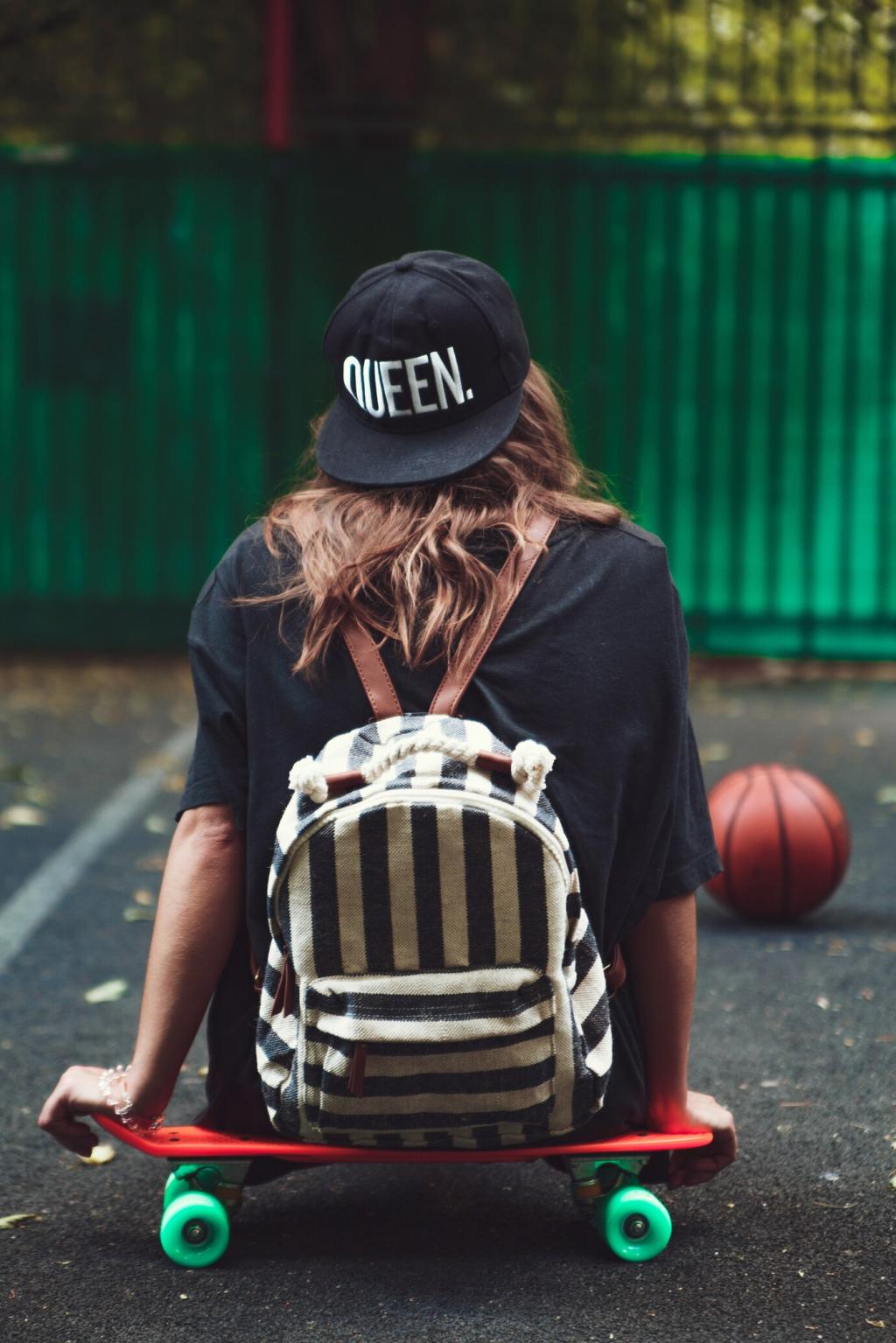
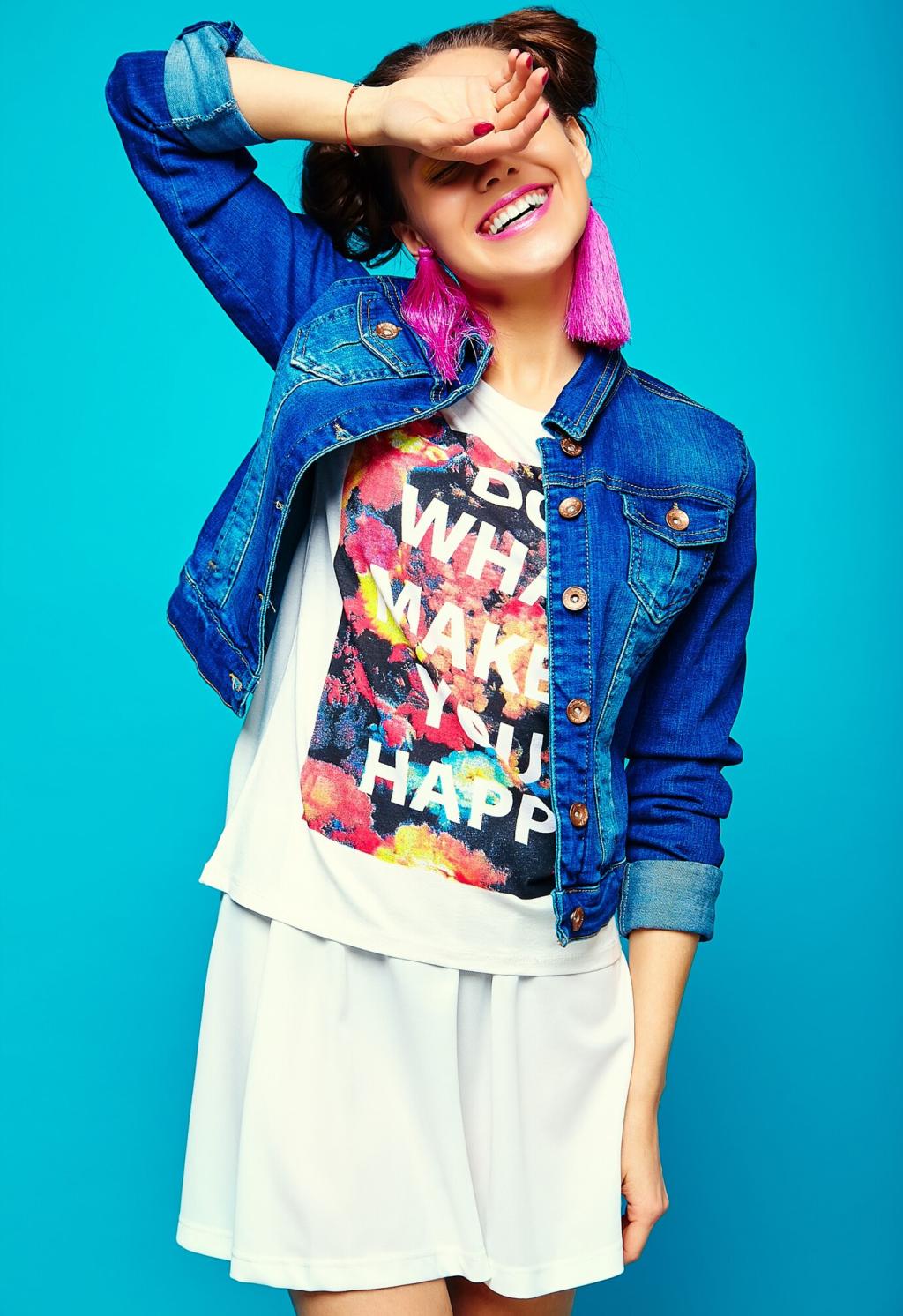
Sustainability and Ethics in Wearable Trail Art
Transform thrifted quick-dry shirts and torn shells into coordinated sets with unified dye baths. Keep original seam integrity where possible, and highlight prior repairs. The patina of previous adventures becomes your starting palette, not a flaw.
Sustainability and Ethics in Wearable Trail Art
Commission patches, prints, or trims from neighborhood artists, crediting their work openly. Research cultural symbols before using them, and seek collaboration rather than borrowing. Ethical stories travel farther and inspire deeper connections on shared paths.
Join our mailing list
